Don't miss out on the best jobs!
Subscribe to HelpGoAbroad and weekly we will sent you an email with latest job posts. Provide your email address below
When Odysseus sank upon Palaiokastritsa’s coasts, he suddenly saw a natural paradise island.Corfù, in greek Κέρκυρα (Kerkira), is an island soak by the Ionian Sea, in front of Epiro’s coasts,at the border between Greece and Albania. The chief town was founded with the name of Corcira around 700 b.c. thanks to Illyrians clan of Liburnian; after this event, Corfù during his history passed from one domination to another: Rome, Bisanzio, Maritime Republic of Genoa and finally Venice, who maintain the control until XVIII.
Beyond its history, Corfù was and is a heaven on earth: sapphire blue waters gently bathe golden beaches of places like Lefkimi and Sidari; nature is green and lush and along narrow streets and dirt roads you can see numerous olive groves, as well as colorful flowers, ranging from red to blue ocean; you can also see magnificent and majestic deserted mountains. This is the typical landscape you can find in Kassiopi,located in the northeast of the island.
The main town is Kerkyra or Corfù Town for tourists, and is a Babel of tastes, flavors and different types of architecture. The city is divided into Old and New Town; along the dock we can see the new fortress, also called Neo Frourio and built by Venetians in 1576 a.c. And a little more hidden, the old fortress, built 30 years earlier than the other, just a few minutes from downtown. With its imposing fountain, flowerbeds, plants, paths and benches you want to visit the city center. You will have to go to the gardens situated in front of Old fortress called “Spianada”. This garden represents the center of Corfù’s life; originally this place was a point used by Venetian’s army. You can see an imposing fountain, flowerbeds, plants, paths and benches, and a particular round building called “ Maitland Rotunda”, built in 1816 in memory of the first British High Commissioner of Corfù. Every street is full of restaurants, tavernas and souvenir shops selling local product.
At night, the city comes alive; with locals and crowds of people. You will never tire of walking down the streets, under the moonlight, as a gentle breeze caresses your face. But Corfù Town isn’t only for its nightlife. A short walk from the center for example, you can visit the museum of Asian Art, located in a charming historic building, surrounded by a garden. This museum offers a large collection of objects from China, Japan, Thailand, and Cambodia and soon will open a section dedicated to Korea. There is also the archaeological museum dedicated to the art of Near East, but at the moment is under renovation until 2016.
But this island is composed of others mysterious and evocative locations: located in the south of Corfù Town there’s Achillon Palacebuilt in Gastouri by empress of Austria, Elisabeth of Bavaria, also known as Sisi. This Palace was designed by Italian architect Raffaele Caritto.
Ernst Herter, a famous German sculptor, was commissioned to create works inspired from Greek Mythology. His famous sculpture Dying Achilles, created in Berlin in 1884 as inscribed in the statue, forms the centre of the Achilleion Gardens. During World War I, the Achilleion was used as a military hospital by French and Serbian troops. In the years of World War II the axis powers used the Achilleion as military headquarters in 2003 became a museum.
If you want visit a picturesque and beautiful Greek village you absolutely have to go to Sidari, located on the North West part of Corfù. Sidari is unique with plenty of clubs, music bars and pubs that offer a great nightlife. Its landscape with the soft rock erosion is very interesting and several little bays with small beaches around the area of Sidari and Peroulades. The best part of Sidari is the Channel of love or Canal d’Amour, an area of eroding sandstone cliffs that have formed several tiny sand and shingle coves reached by paths and even ladders. The tradition says that anyone who manages to swim right along it will soon meet the partner of his or her dream.
Also you can’t miss Kassiopi,situated on the affluent north east coast of Corfù. Historically a small traditional fishing village, the town itself has been heavily developed and has more luxury villas now outside it, but it remains a summer social centre heavily visited by tourists particularly popular with visitors from Britain and Italy. Uniquely on this coasts there are banks with cash machines, doctors and pharmacies, Internet cafes and supermarkets, travel agents and a police station. Motorboats, which can be driven by children or adults during the daytime are only available for hire by the day or week. Excursions run daily from harbor to all parts of the island.
Faraway from touristic areas you can discover and see the real Greece with its children playing soccer on the streets, or see the pope turn lamps that serve to light up his small church. Here the atmosphere is something different, emotions are difficult to explain with words. Corfù is an island who enchanting every person who visit her beaches, villages and mountains; and you? What are you waiting for?
Written by Elisa Baroni and Pedro Carlos Pavesi
Sign in to publish a comment
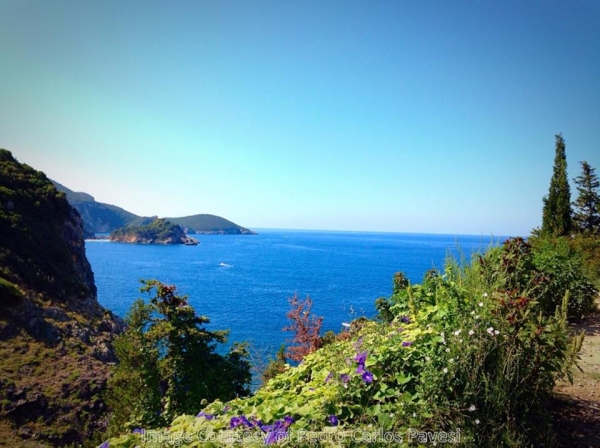
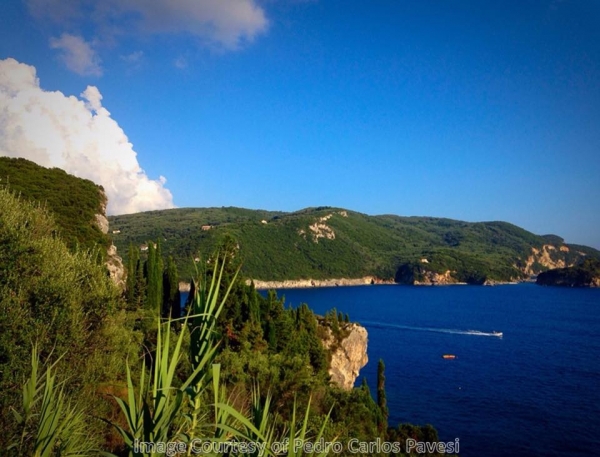
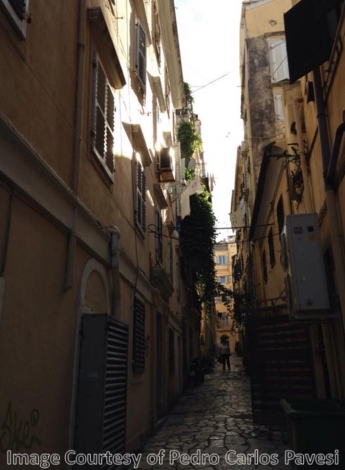
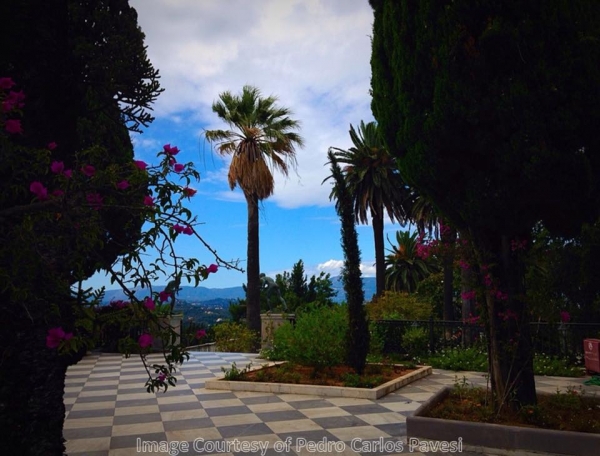
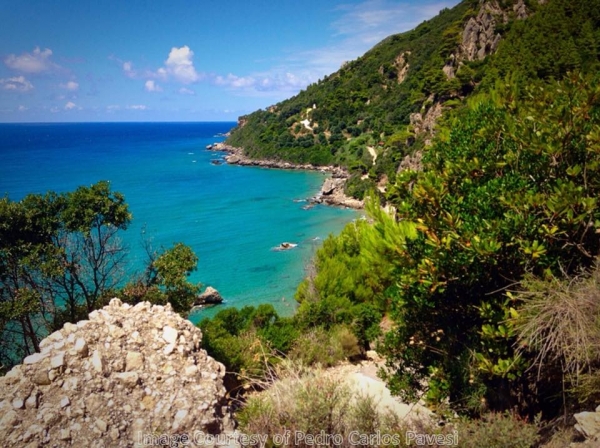
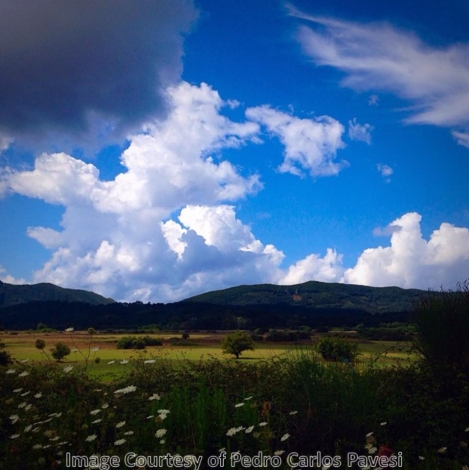
Be the first to comment on this post.